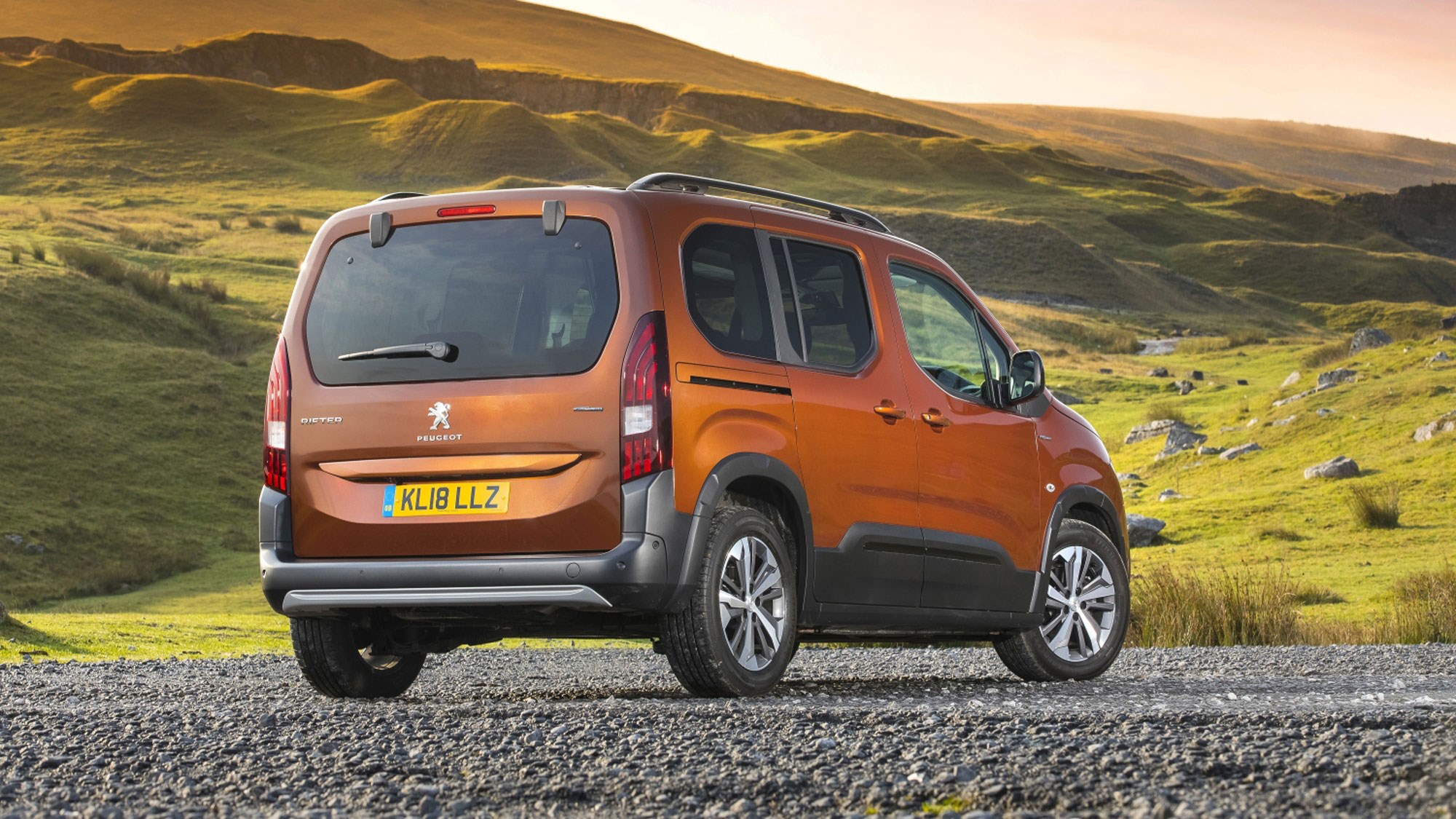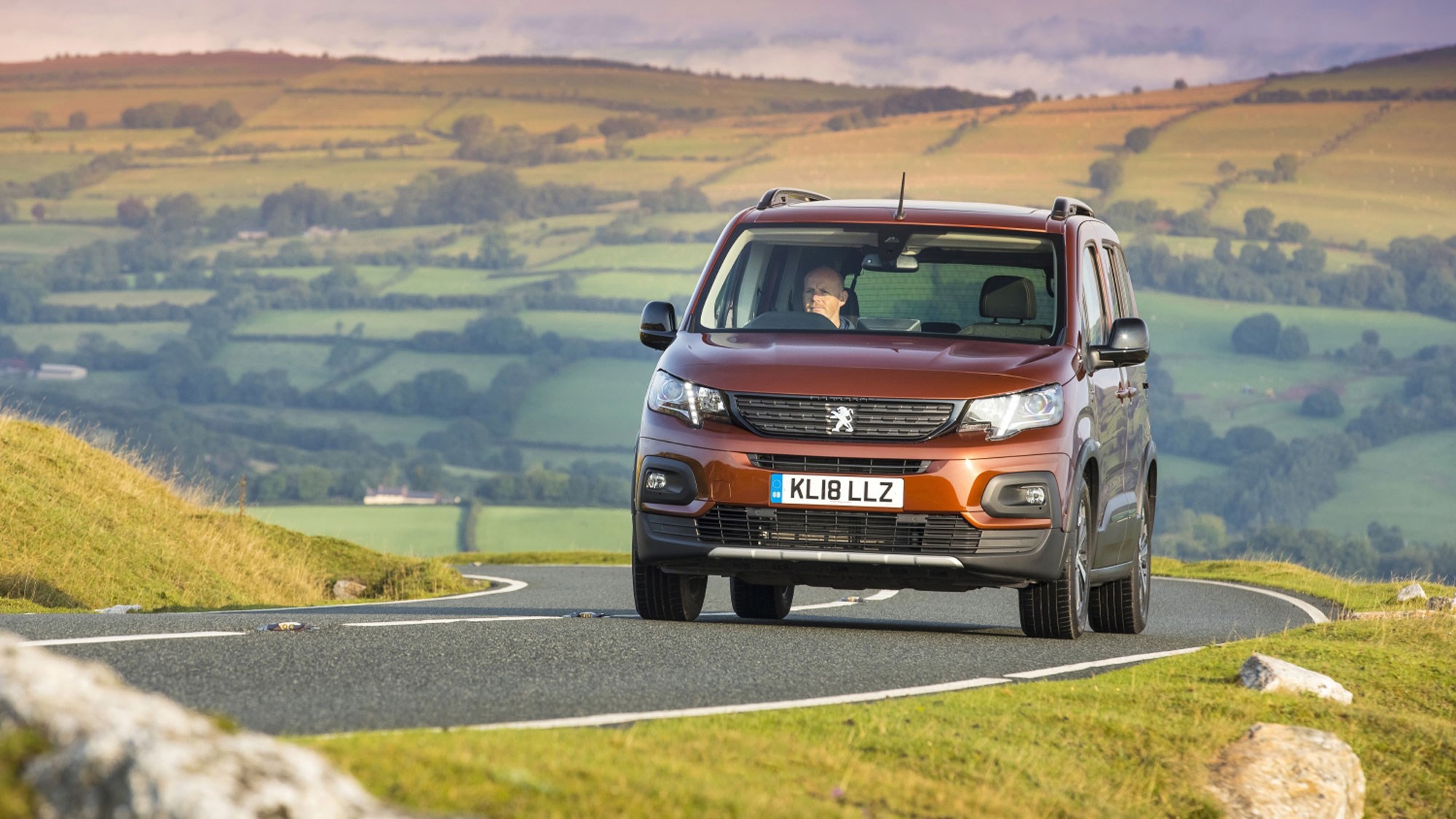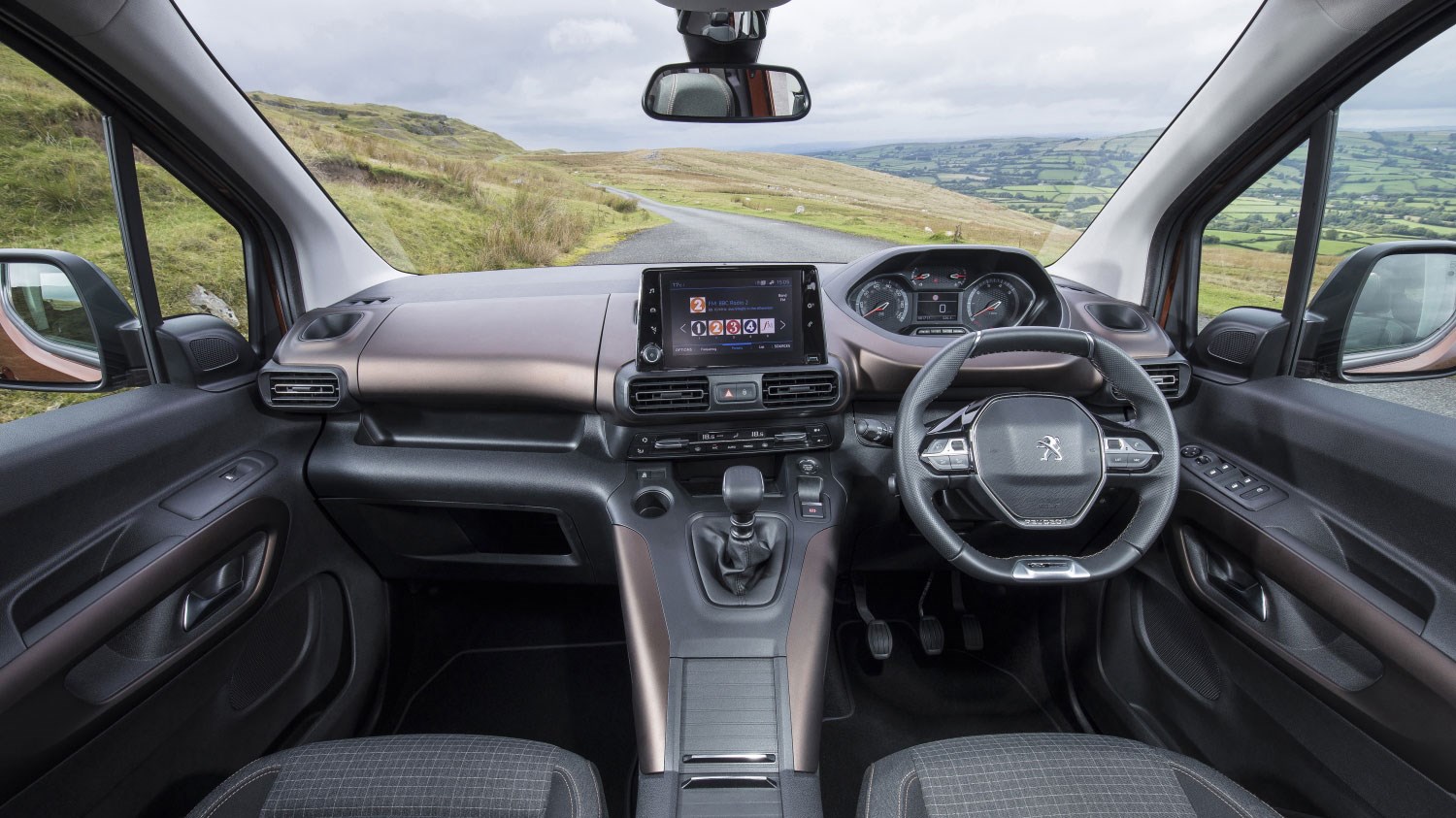► Peugeot’s Rifter is a van with windows
► Driven in five-seat diesel GT Line spec
► Is it the most useful car ever?
This review is about as far away from a car that CAR will ever really get. But, while the new Peugeot Rifter is a van underneath, it’s been enlisted into the world of MPVs just as the Partner Tepee did before it.
The Rifter is Peugeot’s answer to the people-carrying version of the Citroen Berlingo and the Vauxhall Combo Life, so much so that they all share the EMP2 platform used by PSA with the previous-generation’s flatter, load-carrying rear end merged onto it. Heck, even most of the body panels are the same across the three versions.

If it looks like a van, quacks like a van…
Since when have vans quacked? Anyway, the Rifter has taken some design and cockpit inspiration from other Peugeots. On the outside, it has a much more aggressively-designed front than its Citroen or Vauxhall stablemates and, so long as you pick the top-sped GT Line, you’re treated to alloy wheels much like that on the 3008, fang-like DRLs in the headlights and a vertically stretched version of the ‘tiger claw’ rear lights seen elsewhere in the range.
As for the cockpit, Peugeot’s now trad, high-mounted i-Cockpit instrument cluster and dinky steering wheel are present and correct – the Berlingo and Combo get much more conventional instruments. GT Line Rifters have a bronze-effect dashboard topper, an eight-inch touchscreen with connected TomTom navigation and bespoke upholstery, plus a panoramic glass roof and a cool roof structure.
Must be full of practical touches, right?
Absolutely. While it was at the CAR offices, it was used to ferry full loads of people and even a whole room’s worth of furniture (no exaggeration) in a house move. Unlike the previous version, the rear seats don’t detach from the floor completely, but instead fold flat with the seat bases lowering during the process. The front passenger seat also folds flat if you manage to fumble with the armrest to stop it from hitting the Rifter’s high centre console.

There’s a pop-out rear window for chucking small things through, cool little roof-mounted cupboards behind the rear seats, drawers under the front seats, massive door cubbies and a centre console cubby so big you could pack a weekend away into it. Peugeot says that the Rifter has a 775-litre boot load bay with the seats and parcel shelf in place, or 3000 litres with everything folded down and the shelf taken out. Enough for easily swallowing a small sofa.
So how does it drive?
The biggest fly in the ointment is that the 99bhp BlueHDi diesel makes for rather glacial acceleration, and that’s when the Rifter is empty. Don’t spec this engine if you like to do your supermarket runs in record time or be first to park at the National Trust centre. It’s hushed, though, which is rare for a va-er, I mean car. Also, it was achieving around 48mpg despite being laden to the brim with people and/or things and thrashed when it was empty while it was with us.
There are some very typical PSA traits elsewhere, though, and if you’re have any experience of them, you’ll know exactly what we’re on about. The manual shifter, for example, has such a long throw between gears that we’re certain you’re shifting into different counties of the UK. First gear is somewhere in Cumbria, while second is all the way down in Somerset… and so on.

The dinky i-Cockpit steering wheel gives off this veneer of handling dynamism, with accurate and light steering. Naturally the Rifter’s softly-sprung ride setup makes it a tad rolly – not exactly surprising. That softly-sprung ride makes it supremely comfortable, though.
Peugeot Rifter: verdict
‘Massively practical but quite slow and not exactly a Porsche to drive. Thanks, Captain Obvious.’ Yes, it’s not a shocker of a road test verdict, but it’s true. The Peugeot Rifter is objectively a van with some windows, with all of the massive practicality benefits that come with it.
The word ‘cool’ has even been used a couple of times; practical SUVs are ten-a-penny and all very worthy, but driving a Rifter says ‘I need maximum space without compromise’. They are also arguably a godsend for those who are disabled or can’t drive by regular means.
I am definitely not the target demographic for this car, but the Rifter is just so refreshingly honest and just a little bit funky. That alone is enough to set you apart from the plethora of vanilla SUVs out there.
(Specs below for Rifter GT Line BlueHDi 100)